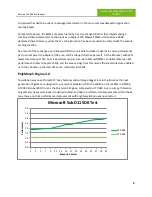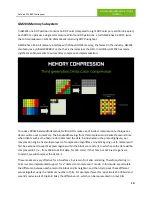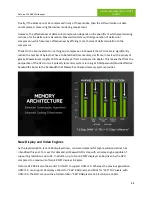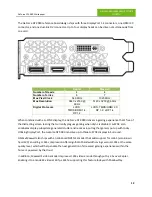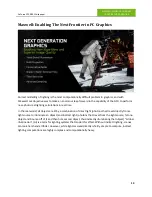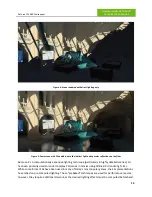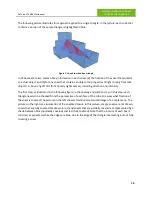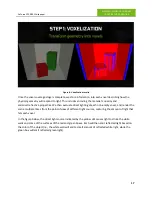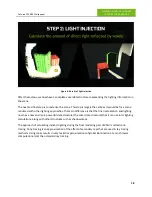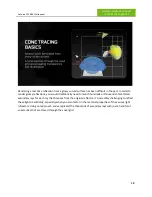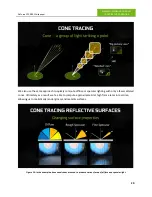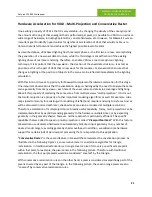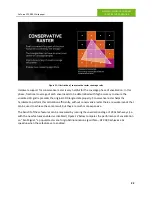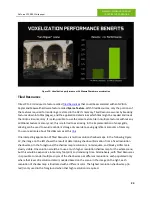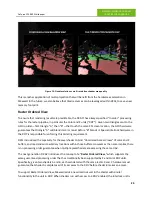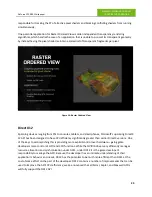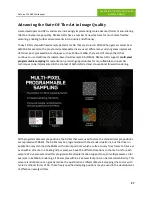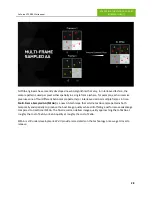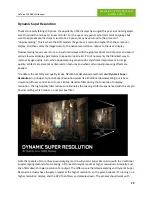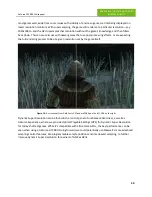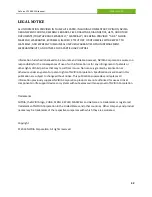
GeForce GTX 980 Whitepaper
MAXWELL: ENABLING THE NEXT
FRONTIER IN PC GRAPHICS
23
Figure 12: Voxelization performance with Maxwell hardware acceleration
Tiled Resources
DirectX 11.2 introduced a feature called
Tiled Resources
that could be accelerated with an NVIDIA
Kepler and Maxwell hardware feature called
Sparse Texture
. With Tiled Resources, only the portions of
the textures required for rendering are stored in the GPU’s memory. Tiled Resources works by breaking
textures down into tiles (pages), and the application determines which tiles might be needed and loads
them into video memory. It is also possible to use the same texture tile in multiple textures without any
additional texture memory cost; this is referred to as aliasing. In the implementation of voxel grids,
aliasing can be used to avoid redundant storage of voxel data, saving significant amounts of memory.
You can read more about Tiled Resources at this
link
.
One interesting application of Tiled Resources is multi resolution shadow maps. In the following
Figure
13
, the image on the left shows the result of determining shadow information from a fixed resolution
shadow map. In the foreground, the shadow map resolution is not adequate, and blocky artifacts are
clearly visible. One solution would be to use a much higher resolution shadow map for the whole scene,
but this would be expensive in memory footprint and rendering time. Alternatively, with Tiled Resources
it is possible to render multiple copies of the shadow map at different resolutions, each populated only
where that level of resolution detail is needed based on the scene. In the image on the right, each
resolution of shadow map is illustrated with a different color. The highest resolution shadow map (in
red) is only used in the foreground when that high resolution is required.

